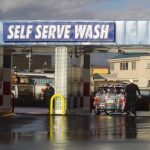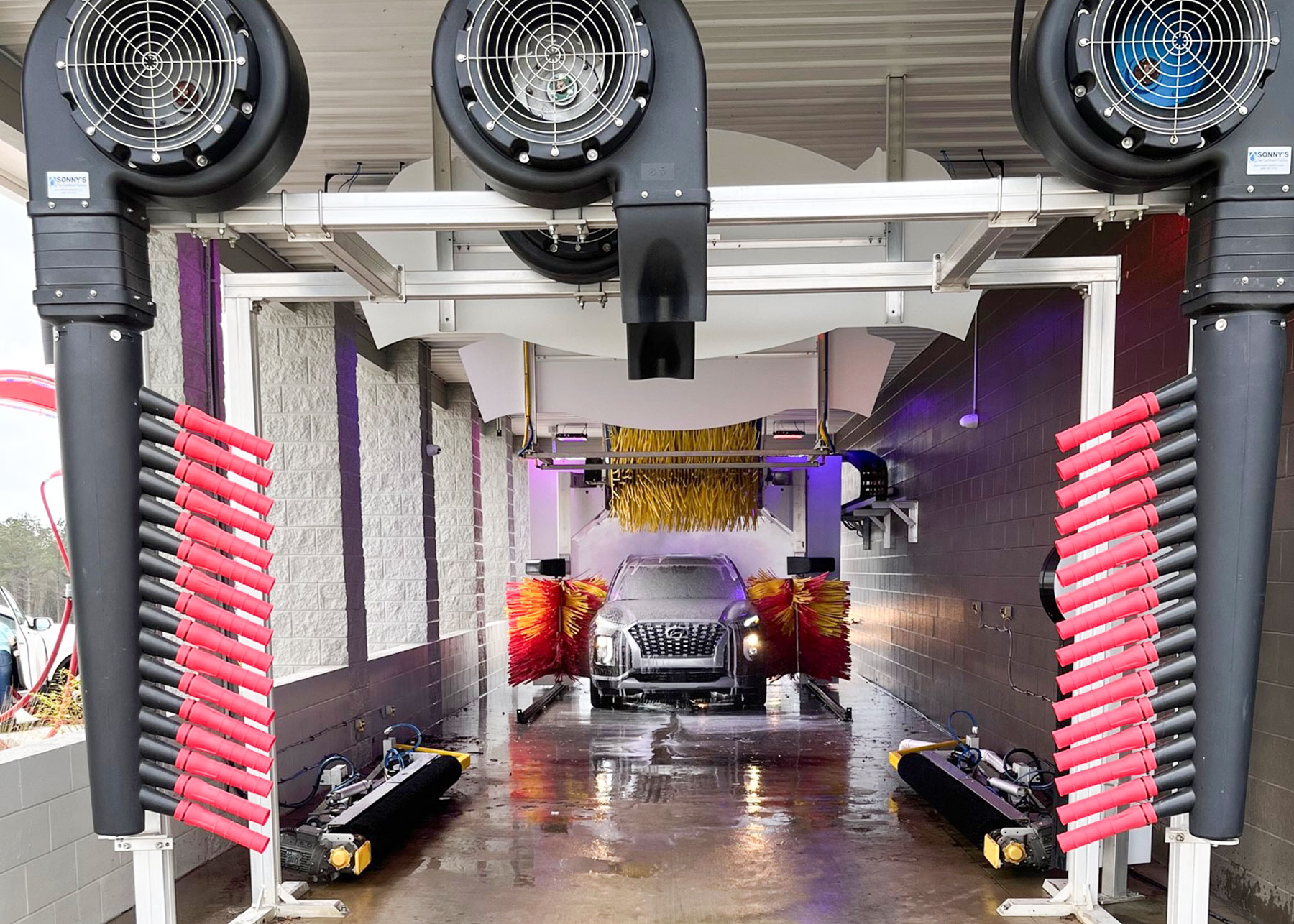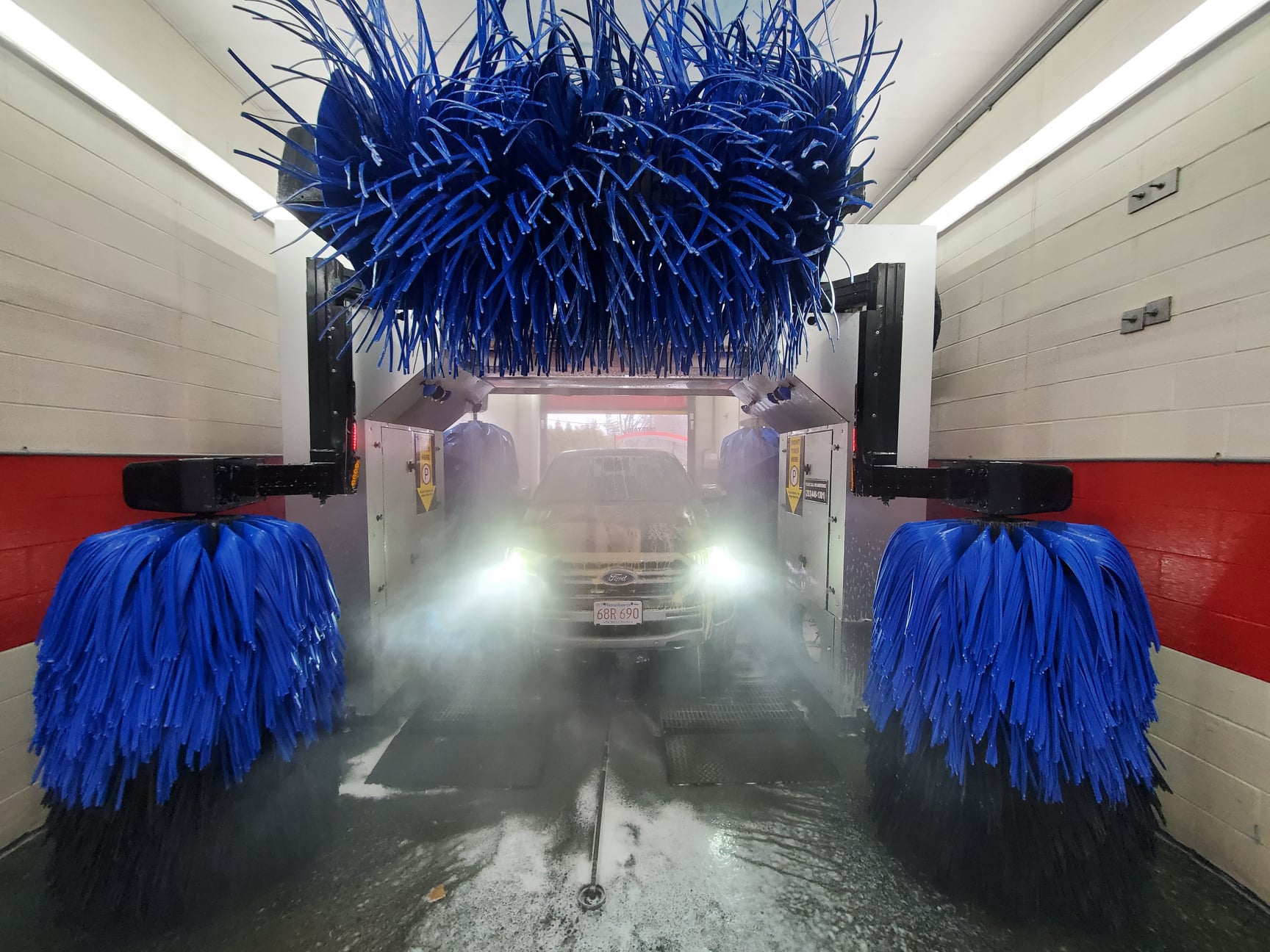Should You Invest In An Automatic Wash?
With car washing, equipment is a site’s bread and butter. Buying the cheapest equipment available leads many investors to costly maintenance and downtime. Your primary consideration should always lean toward value over cost. Dependability, warranty, output capabilities, cleaning power, and durability are primary factors to keep in mind when considering the value of equipment.
With all the different manufacturers and types of equipment on the market, knowing what to buy can be difficult. Understanding the basic differences can help narrow your choices.
Automatic
At the right location, offering one or more automatic car wash bays in addition to, or even in place of, a self-service operation can substantially benefit profits. Taking less time to complete while giving customers the convenience of never needing to leave their cars, automatics outperform self-serves in market sectors where expediency and ease are highly valued.
Most automatic car wash equipment is defined by a few different classifications. In-bay automatics, the most common type, are available in brush-wash or touch-free versions. With this type of equipment, the customer drives their car into the bay, stops, and the wash equipment passes over the vehicle to perform the wash function. In-bay automatics do not generally require an employee to guide customers into the bay.
Conversely, another type of touch-free and brush wash equipment operates by dragging the vehicle – on a conveyor – through stationary equipment in a tunnel bay. Conveyor washes, also referred to as tunnel washes, require an attendant to help customers align their vehicles to the conveyor’s dragging mechanism.
Choosing Automatic Equipment
Among the basic varieties of automatic equipment, research shows industry trends favoring touchless in-bay automatics over the last several years. Several factors contribute to the steadily increasing popularity of these machines over in-bay brush and touchless or friction conveyor washes.
Since in-bay automatics do not require an attendant to guide the customer into the bay, owners can leave their businesses running 24 hours a day, seven days a week. From a customer’s standpoint, the convenience of being able to drive into a car wash whether or not an employee is present is a draw.







